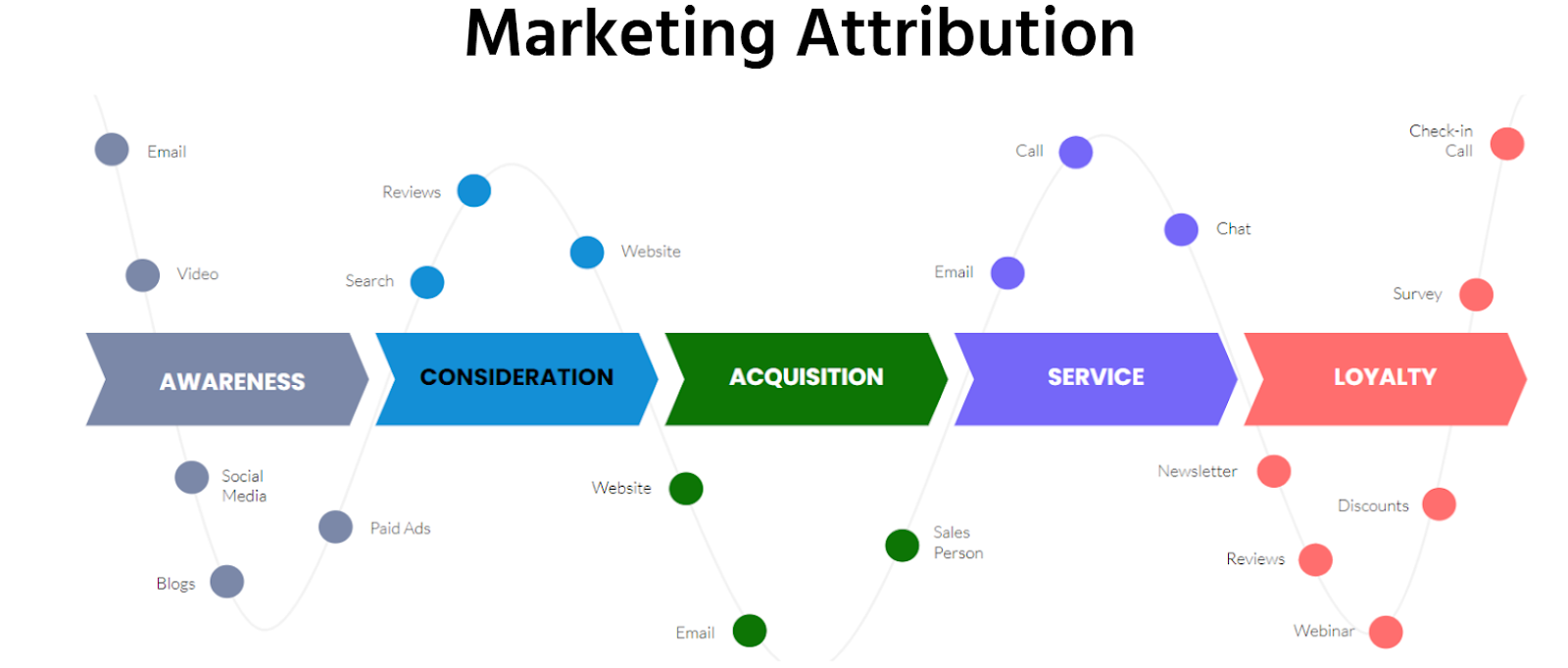How the C-Suite Sees Marketing and Why It Matters

As marketers, especially for SMBs or startups, we often wear many hats like brand builder, lead generator, or customer advocate. But when it comes to how the CEO and CFO see marketing, the picture can be very different.
According to Gartner research, only 54% of CEOs and CFOs believe their CMO can demonstrate the value of marketing. What’s more concerning is just 22% say they’ve received clear accountability from marketing on its business responsibilities.
So why is there a disconnect? And more importantly, as marketers, what can we do about it?
This gap directly affects budget, influence, and strategic credibility. If the C-suite doesn’t believe marketing drives growth, it won’t invest in it.
Why Do We Struggle to Prove Marketing’s Value?
Because marketing doesn’t always deliver instant, easily measurable outcomes, it spans brand, demand, retention, and more often with complex journeys.
And, CEOs and CFOs are looking for clarity and confidence in the numbers. In fact, 76% of marketing leaders say they struggle to prove marketing’s impact on revenue, according to a LinkedIn B2B Benchmark report. Without the right tools, time, or alignment on what success looks like, even great marketing can go unrecognized.
How Can I Prove Marketing’s Value?
1. Speak the Language of ROI
CFOs aren’t focused on how many campaigns you run; instead, they care about what the campaigns yield. When marketing teams tie their work directly to pipeline, revenue, and customer value, they position marketing as a growth driver. Also, marketers who consistently calculate ROI are over 1.6x more likely to secure budget increases.
Tip: Skip vanity metrics. Focus on KPIs like cost per opportunity, revenue influenced, and customer lifetime value (CLV).
2. Connect the Dots with Attribution
When the C-suite asks, “What’s working?”, attribution is the answer. It connects your efforts across the buyer journey and reveals what’s driving results. Companies using multi-touch attribution see a 91% performance boost, not just because of better reporting, but because they can invest with confidence.
What is an attribution model? An attribution model helps you figure out which marketing efforts actually lead to a sale by giving credit to the different steps your customer took along the way.
Here’s what a simple attribution model can help you do:
- Pinpoint which campaigns influence pipeline—not just clicks
- Show how marketing supports long sales cycles
- Make better decisions about where to scale or cut

Tip: Start simple. Even a basic attribution model shows you’re aligning marketing with business impact.
3. Retention Drives Revenue
Growth doesn’t just come from new customers; it comes from keeping the ones you already have. A modest 5% increase in retention can drive profits up by as much as 95%, and that’s why the C-suite pays close attention to recurring revenue. Marketers who support renewals, upsells, and customer success are directly contributing to the bottom line.
Tip: Report on retention metrics like churn, engagement, and expansion revenue alongside your acquisition numbers.
4. Content Powers Scalable Growth
Content is one of the most efficient levers in a modern B2B strategy. It generates 3x more leads than paid search and costs 62% less to execute. That’s the kind of efficiency executives want to see. When content aligns with the funnel, it doesn’t just educate, it accelerates deals and supports sales.
When done right, content can:
- Attract qualified leads earlier in the funnel
- Shorten sales cycles with targeted enablement content
- Improve conversion by reinforcing trust and expertise
Tip: Don’t just track clicks. Show how content influences pipeline, improves lead quality, and supports conversion.
Here’s a bonus blog on how to repurpose content to save resources.
5. Brand Builds Market Advantage
A strong brand can increase revenue by up to 23% by driving awareness and improving win rates. For startups, it also builds credibility with both buyers and investors.
A brand is more than visual identity; it’s the sum of how consistently you show up, what you’re known for, and the trust you build over time. An established brand can be a strategic asset with a measurable impact.
Tip: Track brand health using metrics like branded search volume, direct traffic, and share of voice. Monitor these over time to connect brand investment with business performance.

Here’s more if you’re interested in building your brand strategy.
When marketing is recognized as a revenue driver, not just a support function, it unlocks bigger budgets, greater influence, and a stronger voice at the table. Proving impact isn’t a one-off task; it’s a mindset. We are here.


